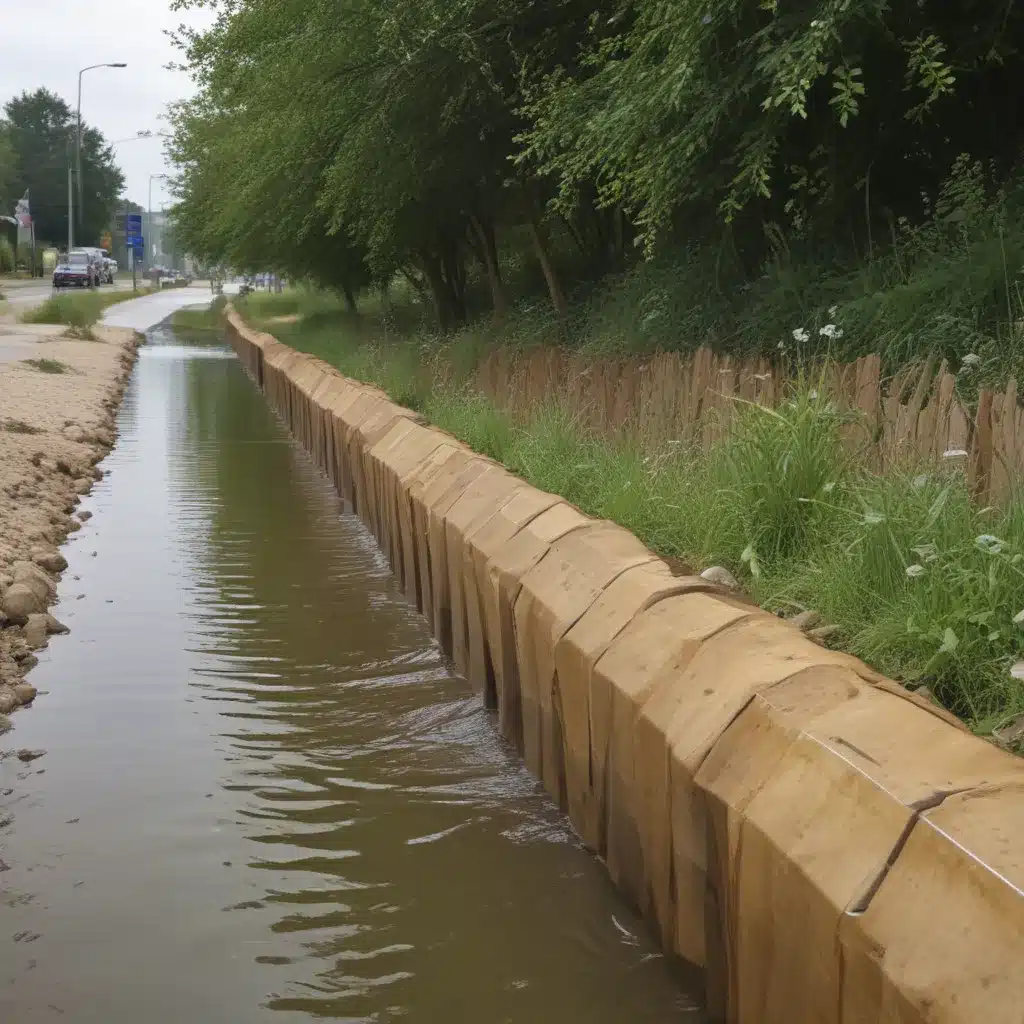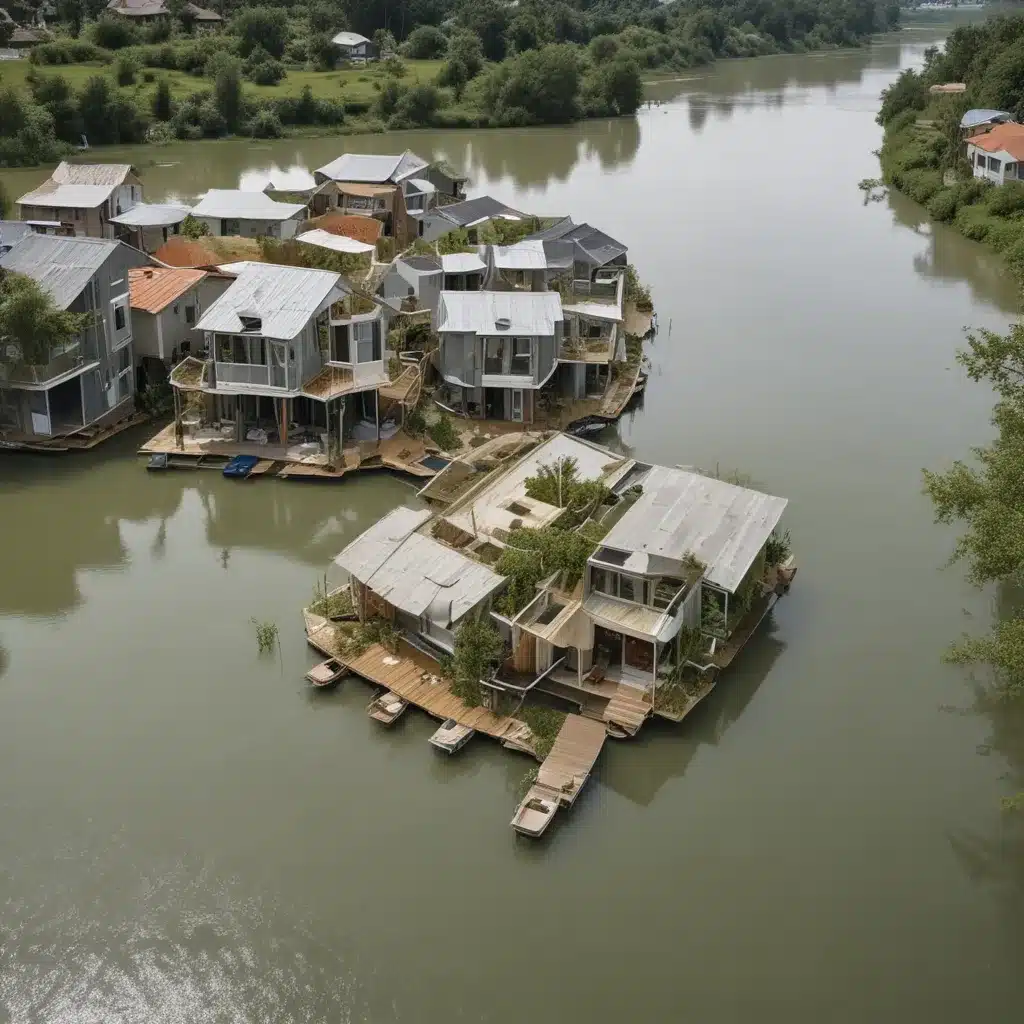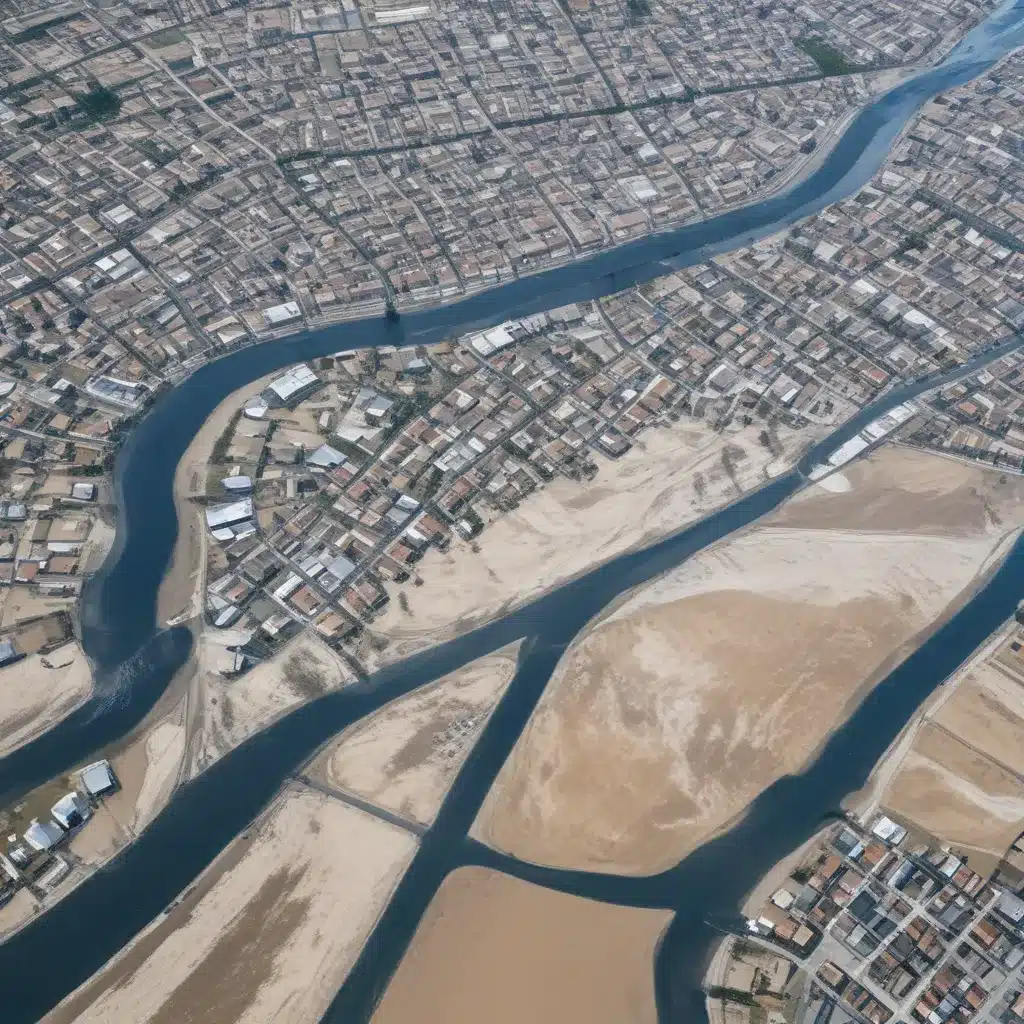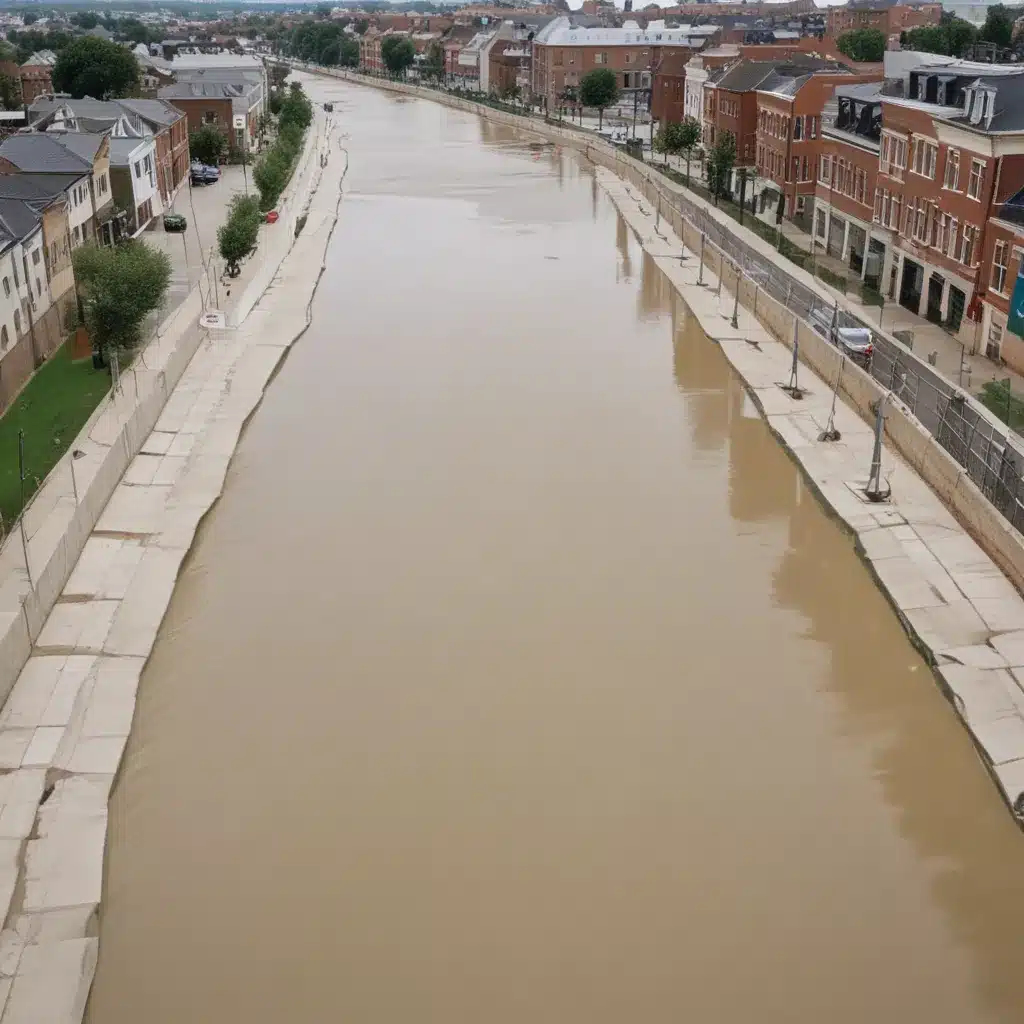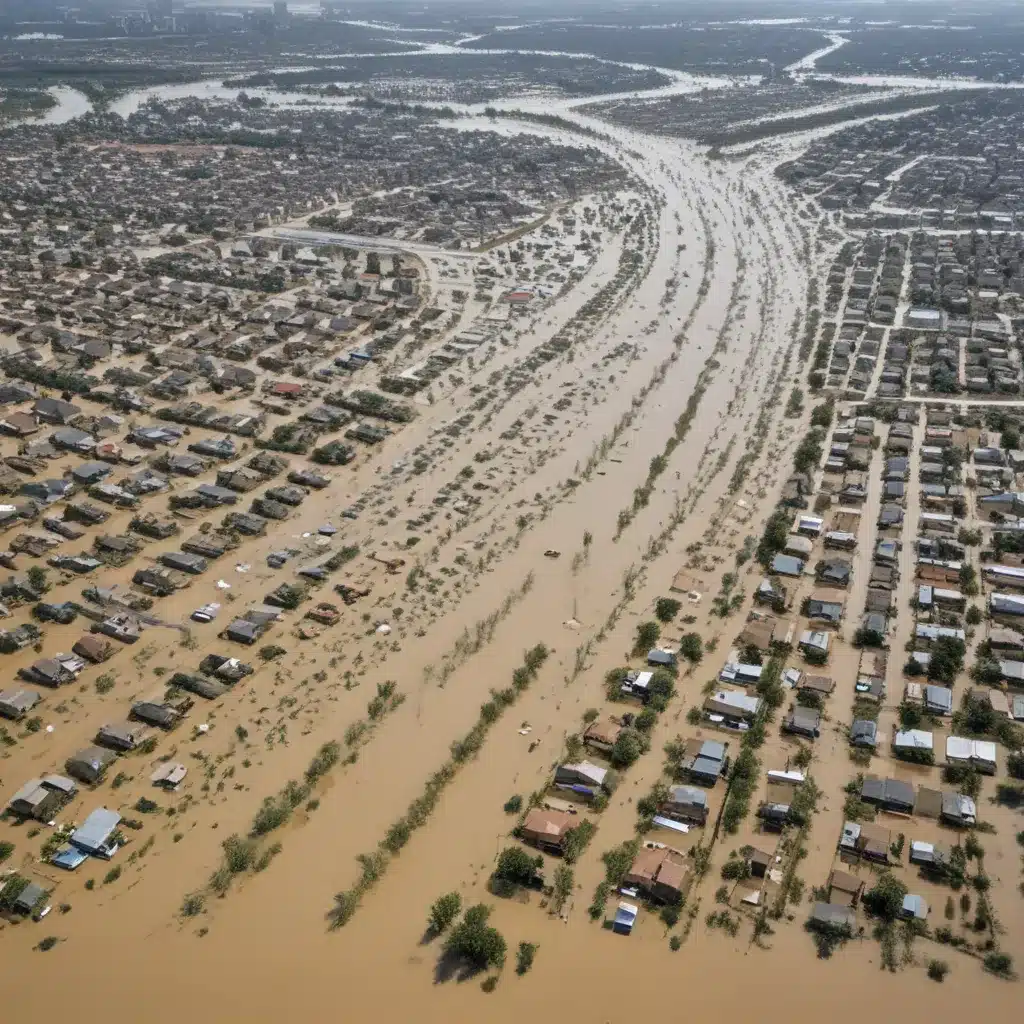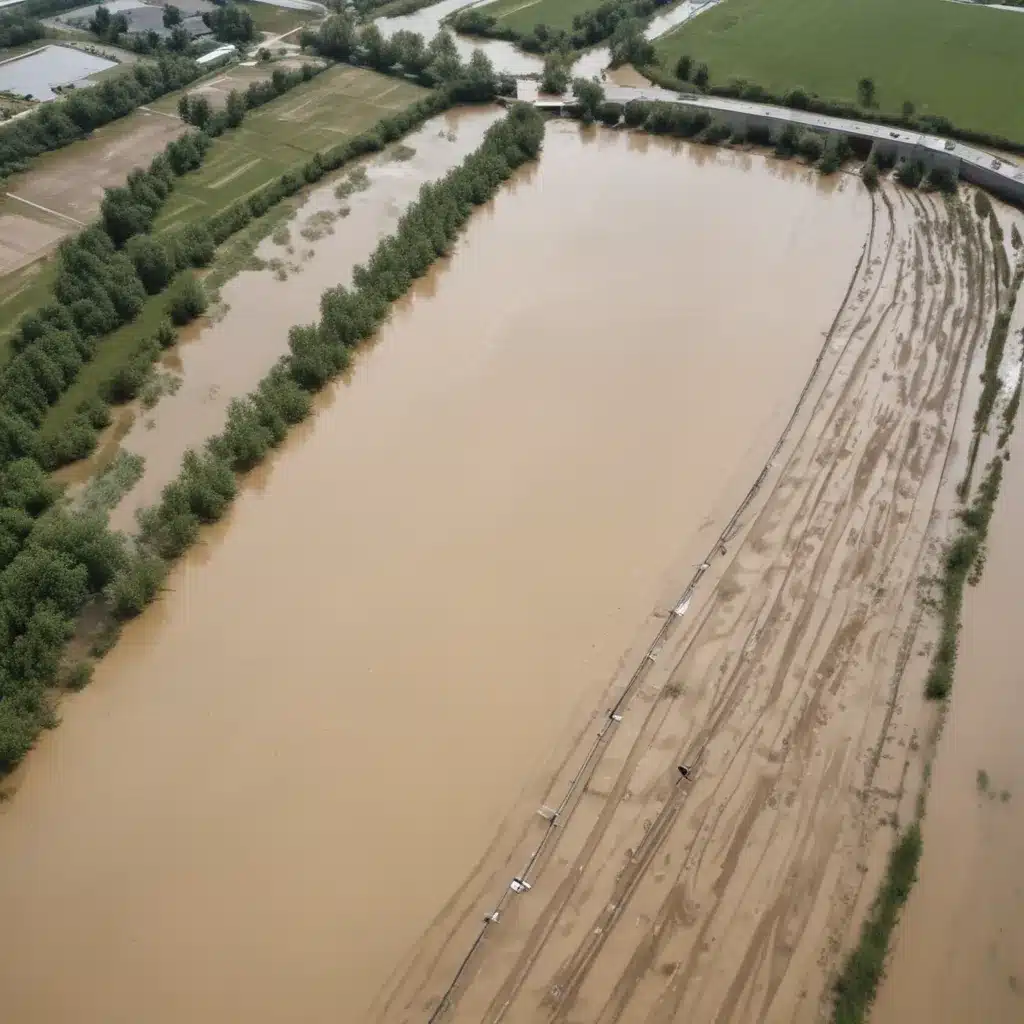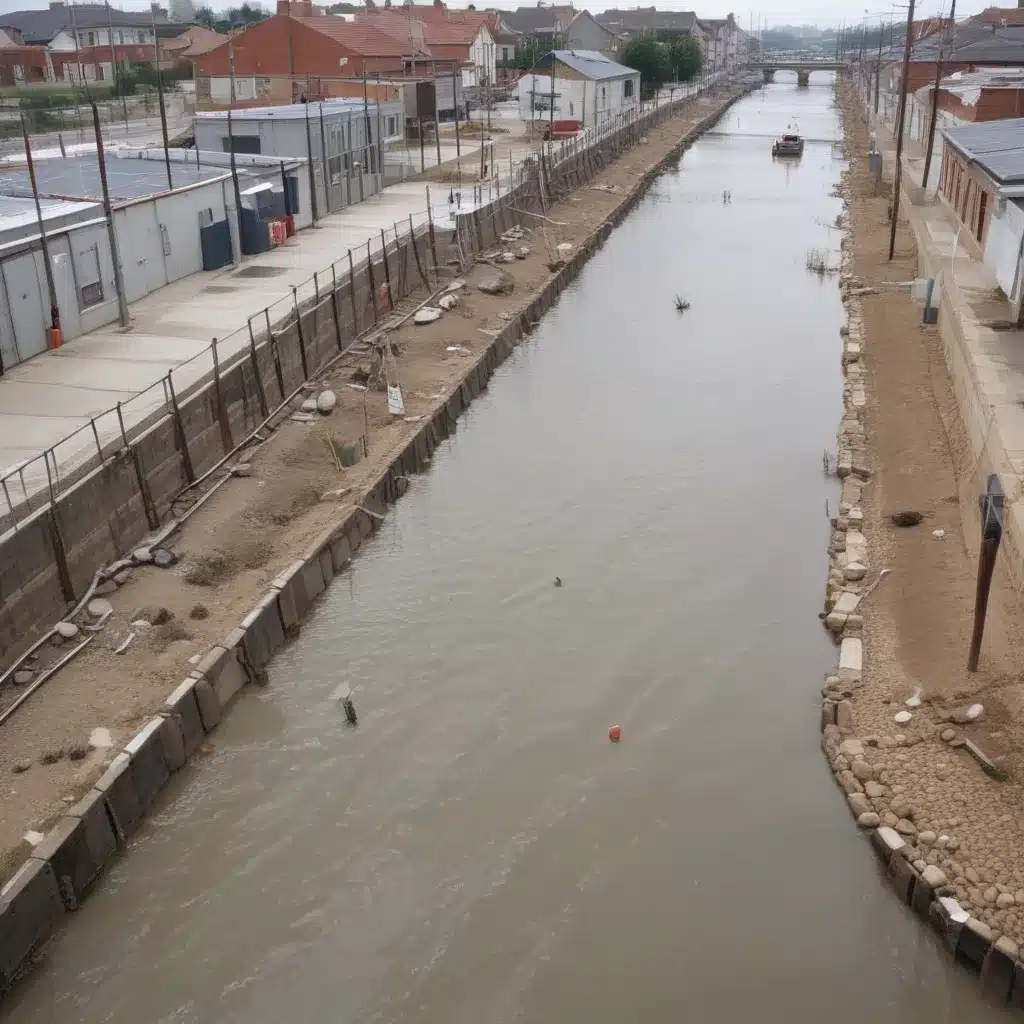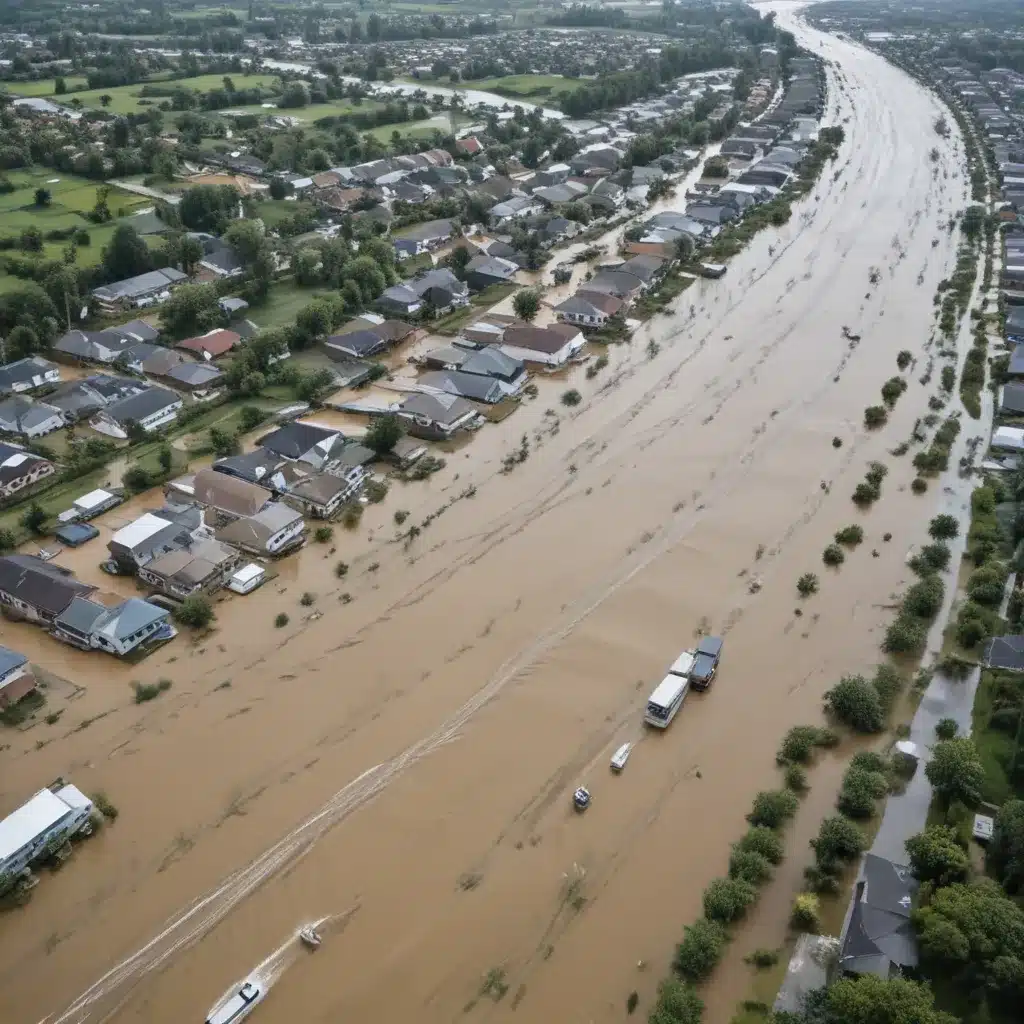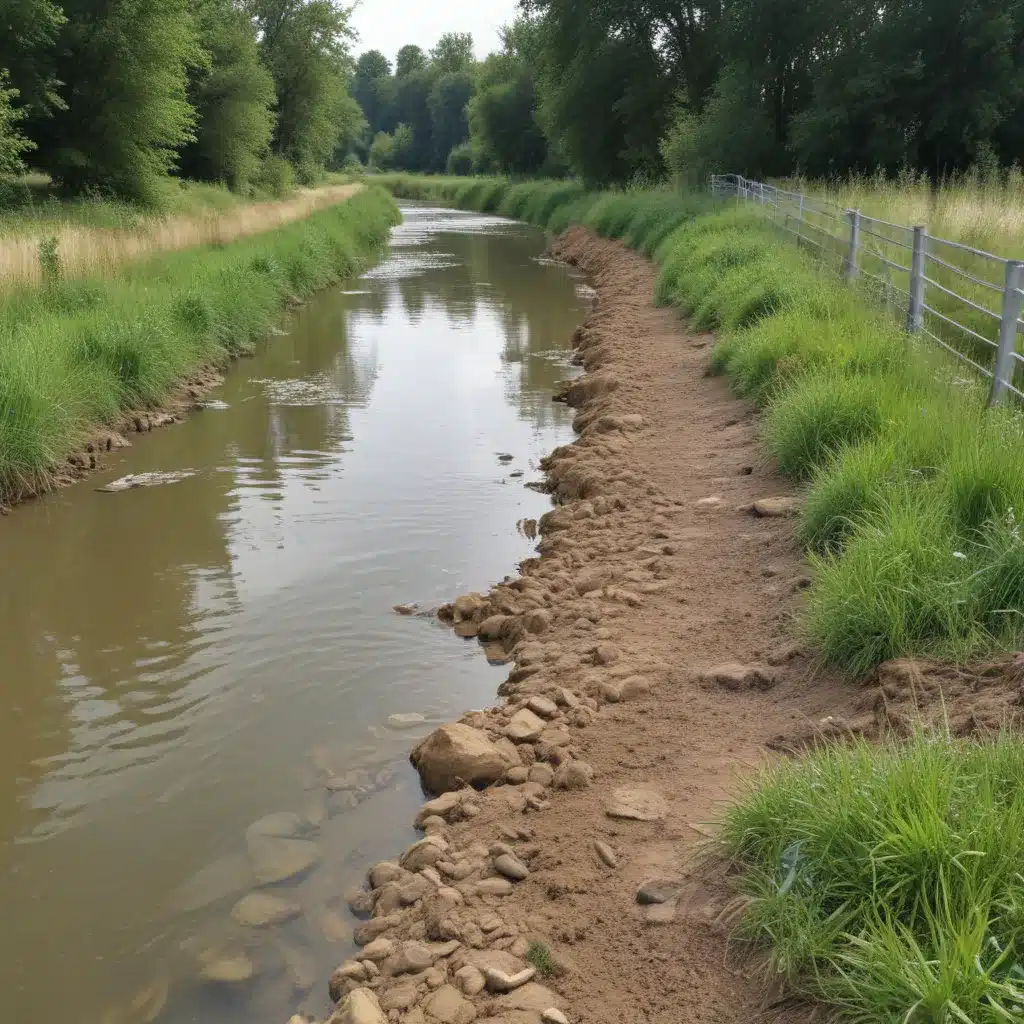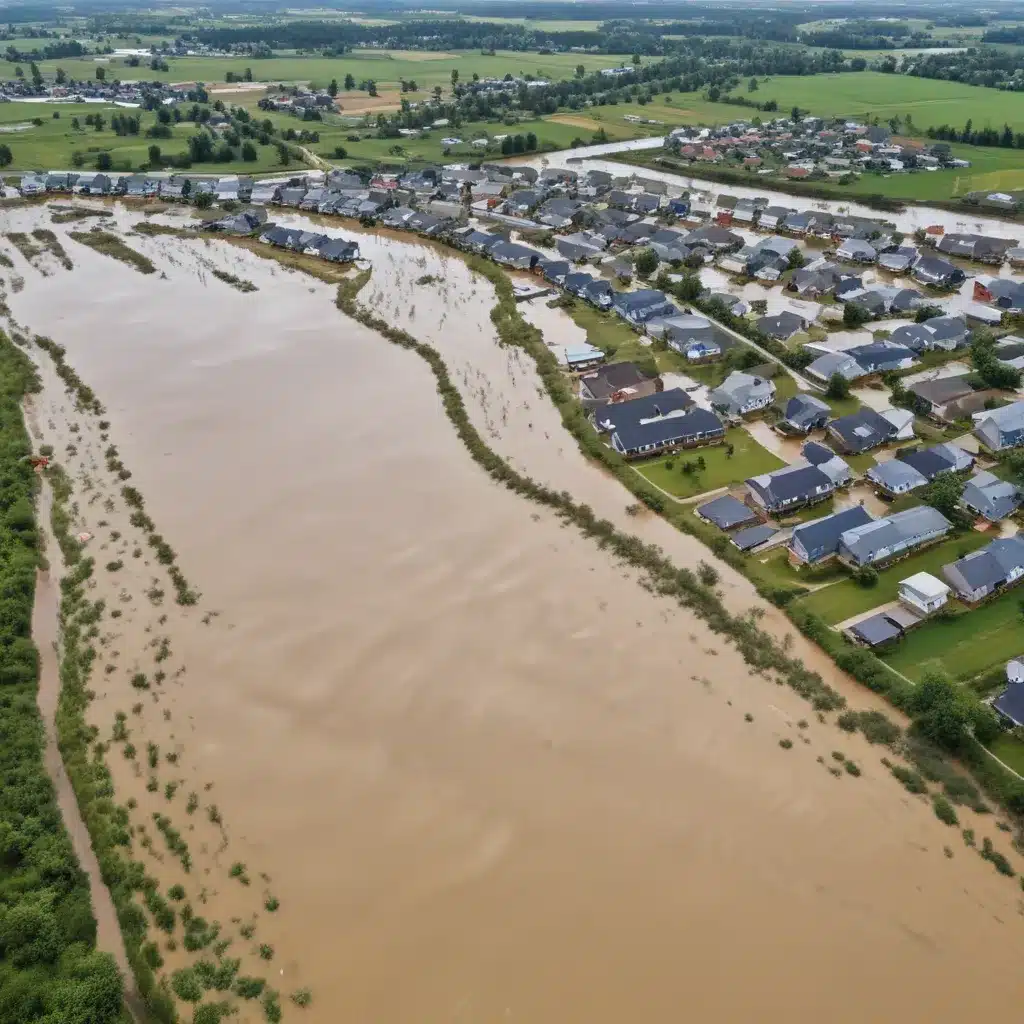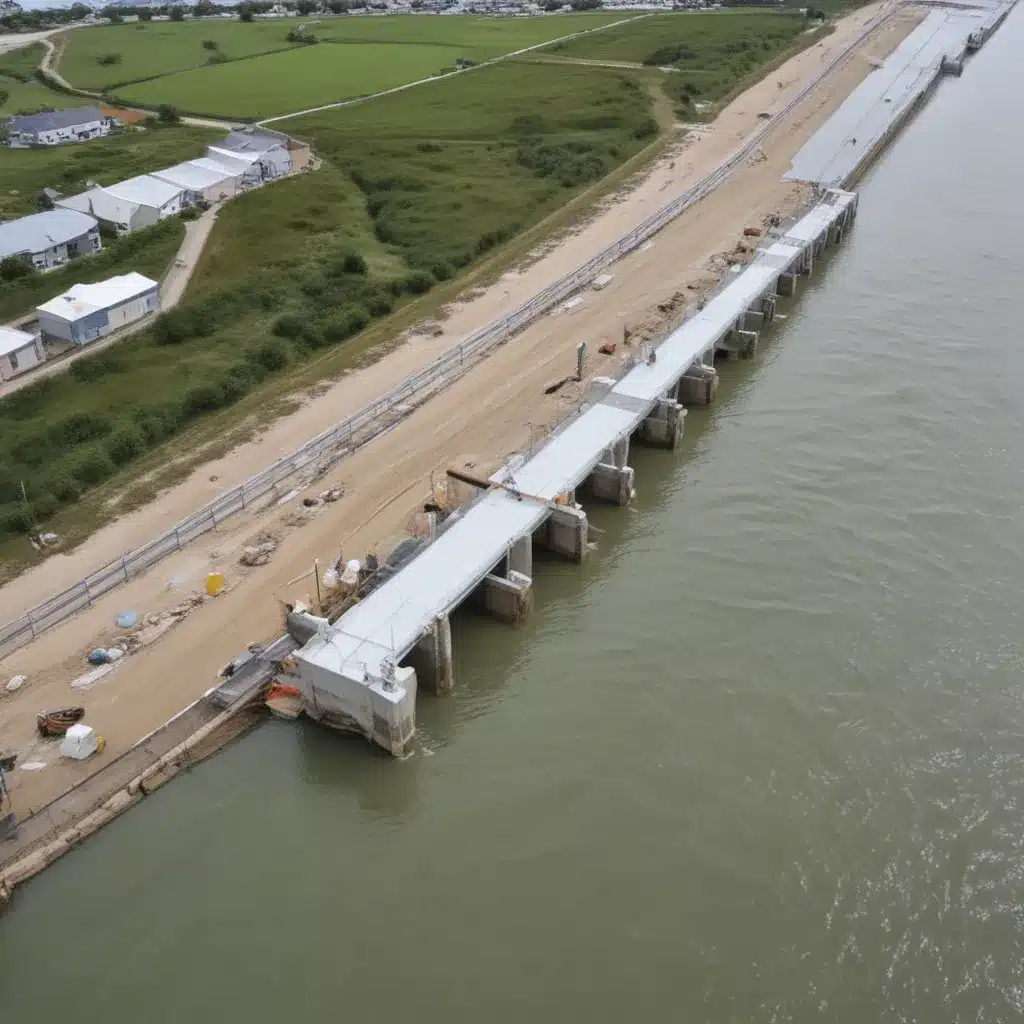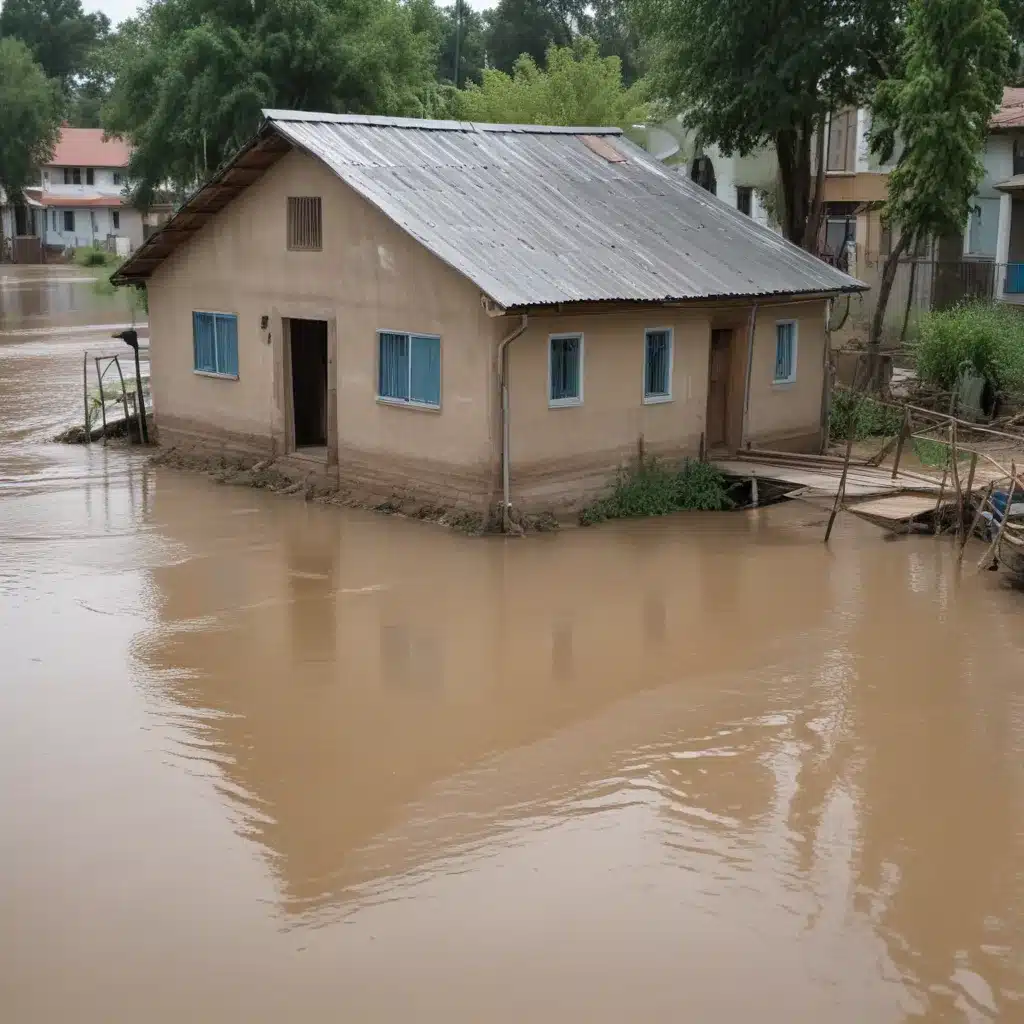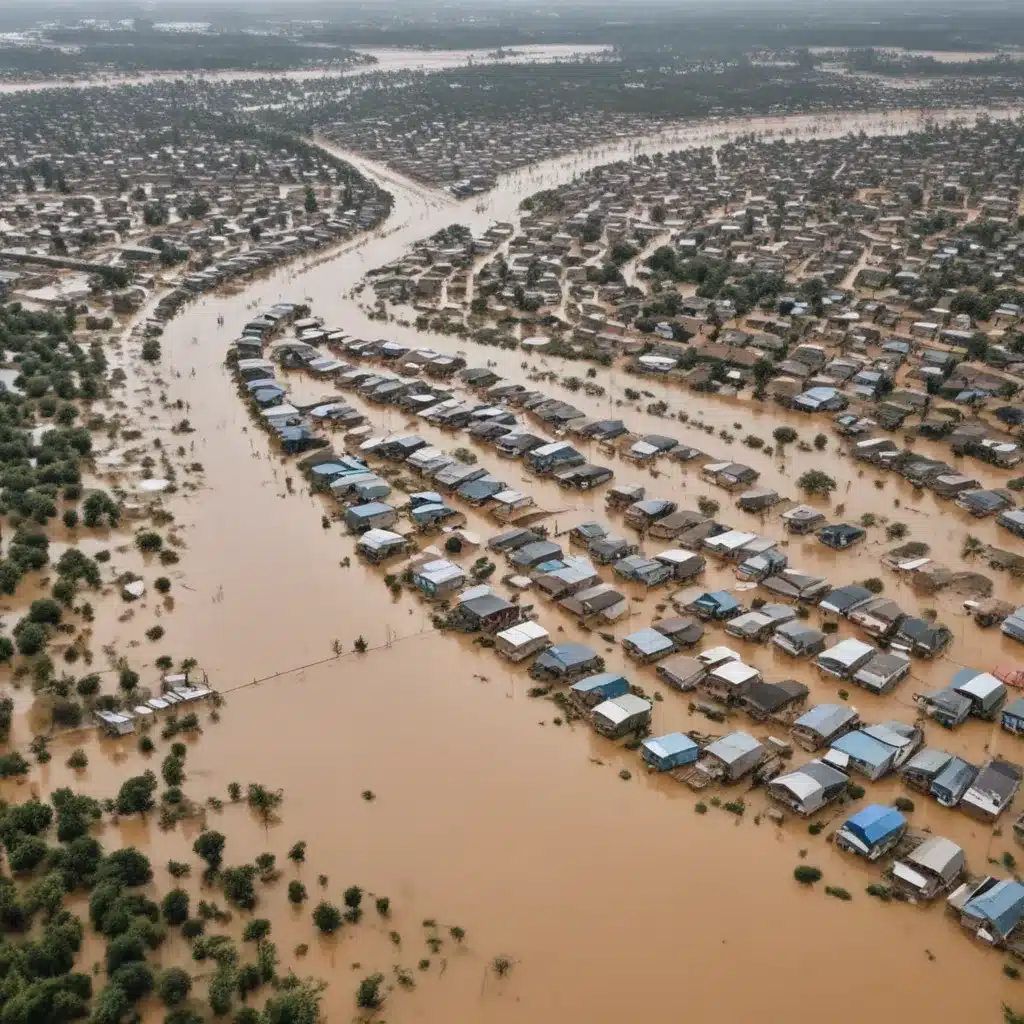
In the face of escalating flood risks driven by climate change, strengthening institutional capacities for effective flood early warning systems (FEWS) has emerged as a critical priority for governments and disaster management agencies worldwide. These systems play a pivotal role in mitigating flood-related losses by providing timely alerts, enabling proactive evacuation and response measures.
Now, this might seem counterintuitive…
However, the successful implementation and sustainable operation of FEWS require robust institutional frameworks, coordinated multi-stakeholder efforts, and comprehensive policy support. This article delves into the key policy insights and best practices for bolstering institutional capacities to enhance the effectiveness of flood early warning systems.
Flood Risk and Vulnerability Assessment
The foundation for any robust FEWS lies in a thorough understanding of the flood hazards, exposure, and vulnerability within a given region. This process, known as flood risk and vulnerability assessment, involves the following crucial steps:
Flood Hazard Identification
The first step is to identify the potential flood hazards, such as riverine flooding, coastal storm surges, urban flash floods, or glacial lake outbursts. This requires a detailed analysis of historical flood events, hydrometeorological data, and regional climate patterns to understand the frequency, magnitude, and spatial extent of flood risks.
Exposure and Vulnerability Analysis
Next, it is essential to assess the exposure and vulnerability of people, infrastructure, and assets within the identified flood-prone areas. This involves mapping the distribution of population, critical facilities, transportation networks, and economic activities, as well as evaluating their susceptibility to flood impacts. Factors such as socioeconomic status, access to resources, and the resilience of buildings and infrastructure play a crucial role in determining vulnerability.
Flood Risk Mapping
By integrating the flood hazard information and exposure-vulnerability data, flood risk maps can be generated to visually depict the spatial distribution of flood risks. These maps serve as a crucial decision-support tool for land-use planning, infrastructure design, and emergency preparedness efforts.
Flood Early Warning Systems
Effective flood early warning systems (FEWS) combine robust hydrometeorological monitoring, flood forecasting and modeling, and efficient emergency communication protocols to provide timely and reliable flood alerts. Key components of a comprehensive FEWS include:
Hydrometeorological Monitoring
A dense network of weather stations, river gauges, and remote sensing technologies is essential for collecting real-time data on precipitation, water levels, and other relevant hydrometeorological parameters. This data forms the foundation for accurate flood forecasting and warning.
Flood Forecasting and Modeling
Sophisticated hydrological and hydraulic models, fed by the monitoring data, are used to predict the timing, magnitude, and spatial extent of potential flood events. These models draw on historical data and incorporate the latest scientific understanding of watershed processes, meteorological patterns, and climate change impacts.
Emergency Communication Protocols
Once a potential flood threat is identified, the information might want to be rapidly disseminated to relevant authorities, emergency responders, and the affected communities. Robust communication systems, including early warning sirens, media broadcasts, and targeted alerts, double-check that that people can take timely action to evacuate or implement protective measures.
Structural Flood Control Measures
While FEWS play a crucial role in mitigating flood impacts, they are often complemented by structural flood control measures that physically protect against flood waters. Key examples include:
Levee and Dike Design
Properly engineered levees and dikes can provide a reliable line of defense against riverine and coastal flooding. Their design might want to consider factors such as soil conditions, water levels, wave action, and seismic resilience to double-check that long-term structural integrity.
Retention and Detention Basins
These engineered storage facilities, strategically placed within a watershed, can temporarily hold and release flood waters, reducing the peak flow and downstream inundation.
Floodwall Construction
Reinforced concrete or steel floodwalls can be used to shield critical infrastructure and vulnerable communities from flood risks, especially in urban areas with limited space for traditional earthen levees.
Non-Structural Flood Mitigation Strategies
In addition to structural measures, non-structural flood mitigation strategies can play a vital role in reducing flood risks and building community resilience. These include:
Land Use Planning and Zoning
Proactive land-use planning and zoning regulations can restrict development in high-risk flood areas, preserving natural floodplains and wetlands that provide valuable ecosystem services.
Building Codes and Retrofitting
Enforcing strict building codes and promoting the retrofitting of existing structures can enhance the flood resilience of buildings and infrastructure, reducing potential damages.
Flood Insurance Programs
Comprehensive flood insurance programs, coupled with risk awareness campaigns, can incentivize property owners to adopt flood-proofing measures and double-check that financial protection against flood losses.
Stormwater Management Systems
Effective stormwater management systems are crucial for mitigating urban flood risks, especially in the face of increasing storm intensities and changing precipitation patterns. These systems can include:
Urban Drainage Infrastructure
A well-designed network of stormwater drains, culverts, and detention basins can efficiently convey and store excess water, preventing localized flooding in cities and towns.
Green Infrastructure Approaches
Integrating nature-based solutions, such as permeable pavements, bioswales, and urban wetlands, can enhance stormwater infiltration, reduce runoff, and provide additional flood mitigation benefits.
Integrated Watershed Management
Adopting a holistic, watershed-scale approach to stormwater management, involving coordinated planning and implementation across multiple jurisdictions, can optimize flood risk reduction and promote sustainable water resource management.
Emergency Flood Response and Recovery
Effective emergency flood response and recovery measures are essential for minimizing loss of life and accelerating the restoration of normalcy in the aftermath of a flood event. Key elements include:
Evacuation Planning and Sheltering
Comprehensive evacuation plans, with clearly identified routes and sheltering locations, double-check that the safe and efficient relocation of vulnerable populations when a flood threat emerges.
Flood Damage Assessment
Rapid post-disaster assessments of the extent and severity of flood damages can inform the allocation of relief resources and guide long-term reconstruction efforts.
Post-Disaster Reconstruction
Adopting resilient rebuilding practices, such as elevated structures and nature-based flood protection, can help communities recover faster and become better prepared for future flood events.
Governance and Institutional Capacities
Underpinning the successful implementation and sustained operation of flood early warning systems and broader flood risk management strategies are robust governance structures and institutional capacities. Key considerations include:
Multi-Stakeholder Coordination
Effective flood risk management requires the collaboration of various stakeholders, including government agencies, emergency responders, scientific institutions, private sector, and local communities. Coordinated planning, information sharing, and joint decision-making are essential.
Financing and Resource Allocation
Securing adequate and sustainable funding for the development, implementation, and maintenance of FEWS and other flood control measures is crucial. This may involve a mix of government budgets, private investments, and international financing mechanisms.
Monitoring and Evaluation Frameworks
Establishing robust monitoring and evaluation systems, with clear performance indicators, can help assess the effectiveness of flood risk management strategies, inform policy adjustments, and drive continuous improvement.
By strengthening these institutional capacities, governments and disaster management agencies can enhance the resilience of communities and safeguard lives, livelihoods, and critical infrastructure in the face of escalating flood risks. To learn more about flood control best practices, visit www.floodcontrol2015.com.
Example: London Flood Resilience Initiative 2024

